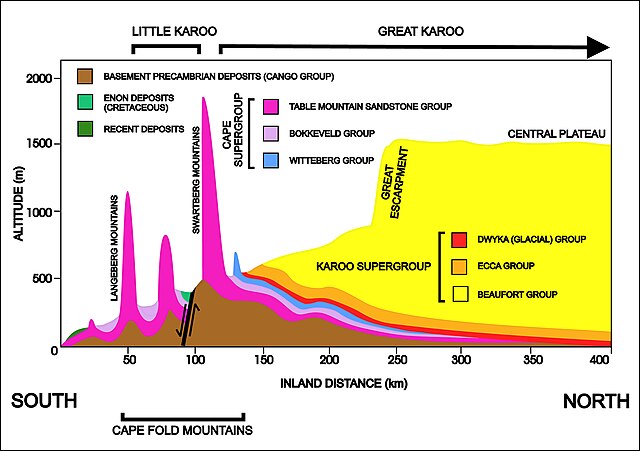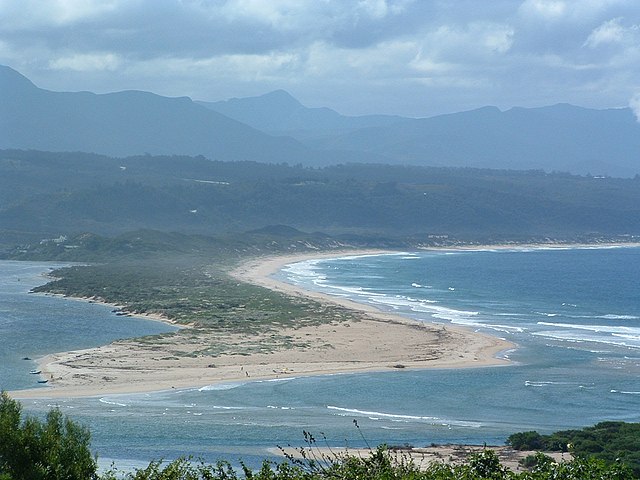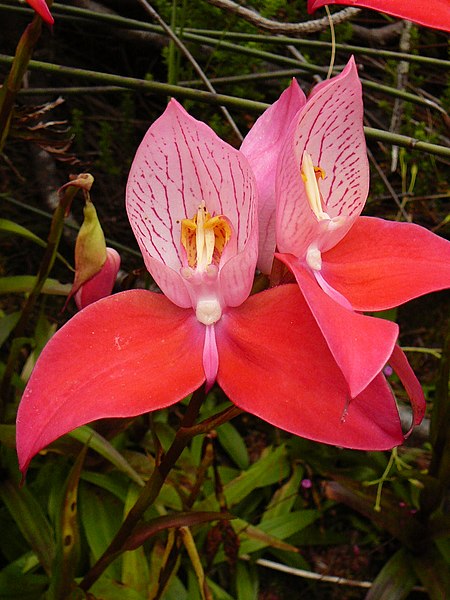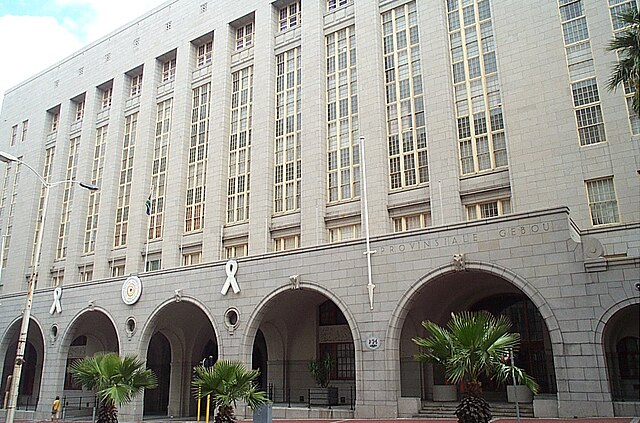Plettenberg Bay, nicknamed Plett, is the primary town of the Bitou Local Municipality in the Western Cape Province of South Africa. According to the census of 2001, the town had a population of 29,149. It was originally named Bahia Formosa by early Portuguese explorers and lies on South Africa's Garden Route 210 km from Port Elizabeth and about 600 km from Cape Town.
Image: Plettenbergbaai beach
Image: Plet Bay
Image: Beaconislehotelvoor
Replica of the possessional stone erected in 1778 by then VOC governor of the Cape, Baron Joachim van Plettenberg.
The Western Cape is a province of South Africa, situated on the south-western coast of the country. It is the fourth largest of the nine provinces with an area of 129,449 square kilometres (49,981 sq mi), and the third most populous, with an estimated 7 million inhabitants in 2020. About two-thirds of these inhabitants live in the metropolitan area of Cape Town, which is also the provincial capital. The Western Cape was created in 1994 from part of the former Cape Province. The two largest cities are Cape Town and George.

A diagrammatic 400 km south–north crosssection through the Cape at approximately 21° 30' E (i.e. near Calitzdorp in the Little Karoo), showing the relationship between the Cape Fold Mountains (and their geological structure) and the geology of the Little and Great Karoo, as well as the position of the Great Escarpment. The colour code for the geological layers is the same as those used in the diagram above. The heavy black line flanked by opposing arrows is the fault that runs for nearly 300 km along the southern edge of the
The Red Disa (disa uniflora) is an orchid endemic to the Western Cape. It is the province's official flower.
Provincial government headquarters in Cape Town
A wheat field near Porterville in the Bergriver Municipality. Wheat is a common agricultural crop in the area.







